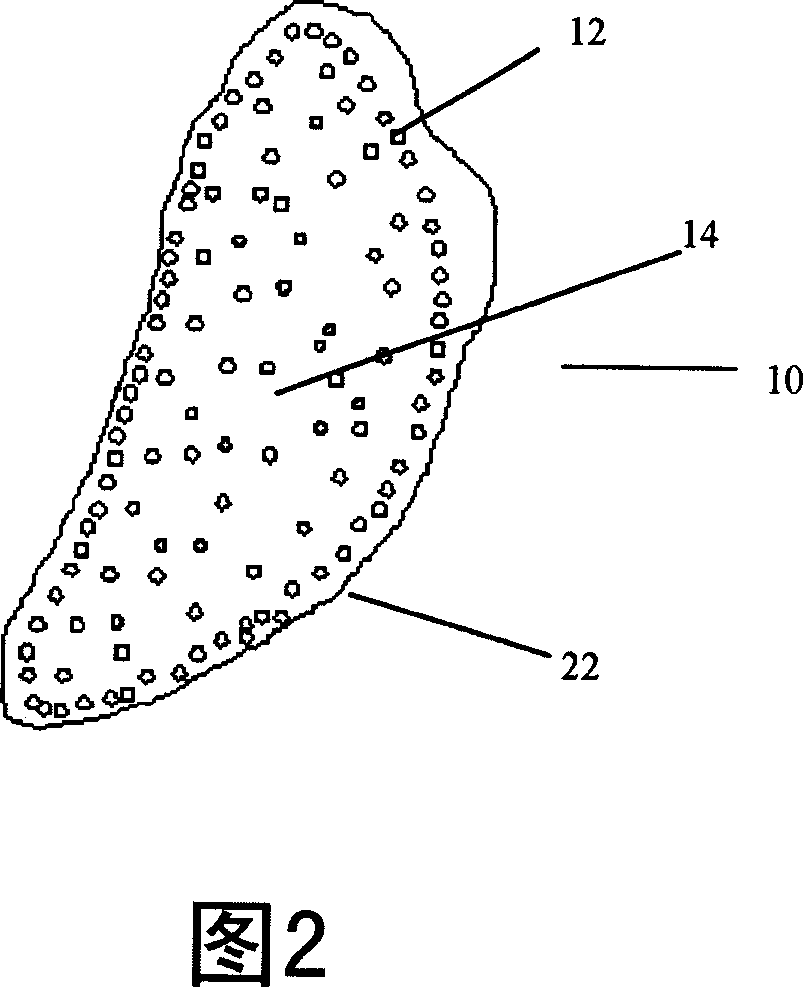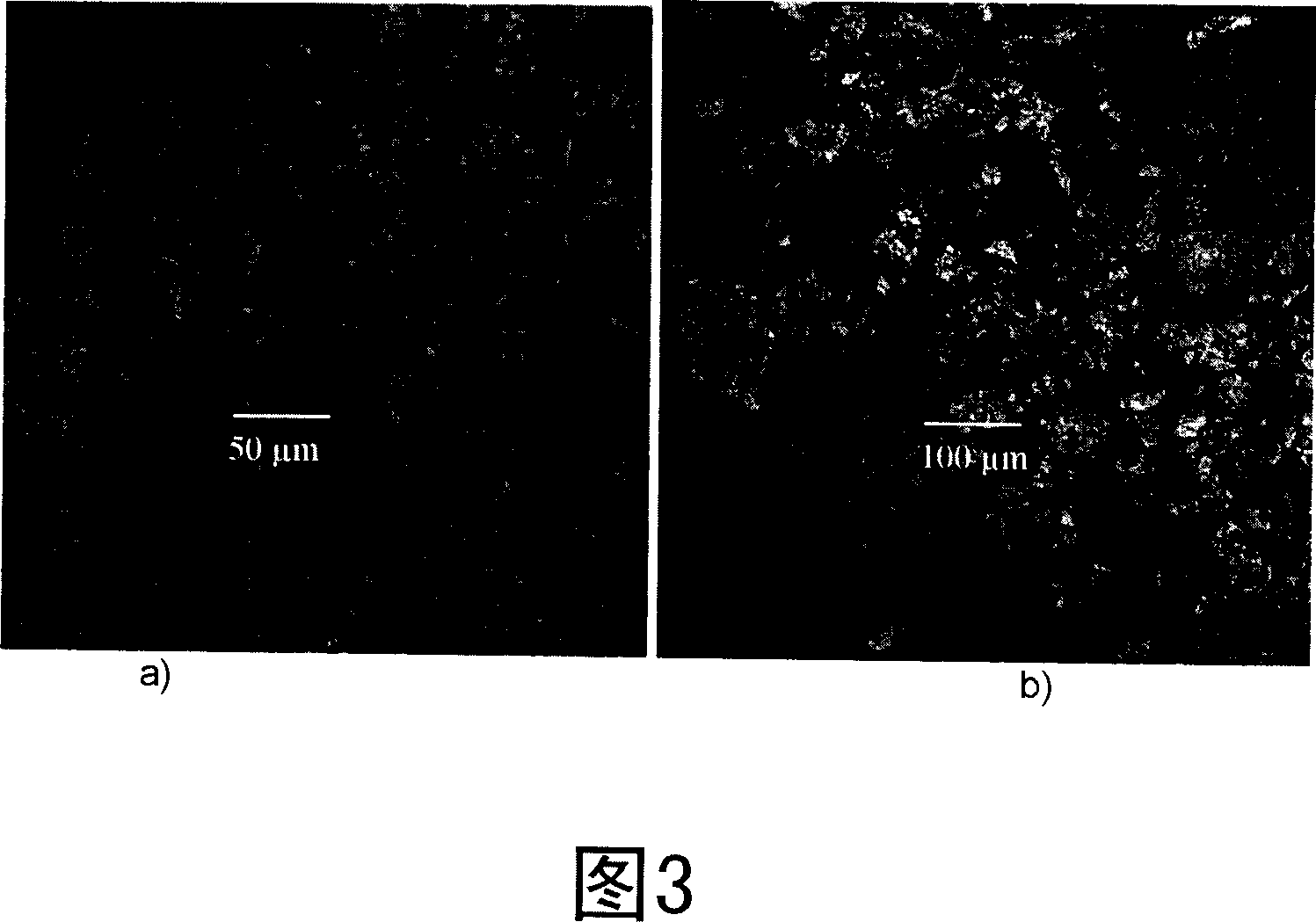Method for obtaining graded pore structure in scaffolds for tissues and bone, and scaffolds with graded pore structure for tissue and bone
A technology of tissue regeneration and gradient change, applied in the field of obtaining gradient pore structures in scaffolds for tissues and bones and scaffolds for tissues and bones with gradient pore structures, which can solve problems such as interconnection limitations
- Summary
- Abstract
- Description
- Claims
- Application Information
AI Technical Summary
Problems solved by technology
Method used
Image
Examples
Embodiment approach
[0042] To allow the scaffold 10 to closely mimic tissue, and to enhance the quality of tissue regeneration / bone growth within the implant, the scaffold 10 has gradient properties, including graded porosity. This helps to obtain optimal growth of different tissues and cells, increasing the ability of the implant to withstand varying mechanical loads at specific areas of the implant. The gradient structure of wells 12 facilitates the delivery of growth reagents in a controlled manner. It will thus assist in having controlled and directed osteogenesis and vascularization. Polymer mixtures of different polymers are used with different degradation rates, preferably corresponding to tissue, bone and blood vessel formation. This gives the scaffold enough support and strength to assist the regenerative process.
[0043] Pores 12 are graded such that core 14 of scaffold 10 provides the necessary support and delay for tissue growth as growth is initiated on the surface, allowing vascu...
PUM
 Login to View More
Login to View More Abstract
Description
Claims
Application Information
 Login to View More
Login to View More - R&D
- Intellectual Property
- Life Sciences
- Materials
- Tech Scout
- Unparalleled Data Quality
- Higher Quality Content
- 60% Fewer Hallucinations
Browse by: Latest US Patents, China's latest patents, Technical Efficacy Thesaurus, Application Domain, Technology Topic, Popular Technical Reports.
© 2025 PatSnap. All rights reserved.Legal|Privacy policy|Modern Slavery Act Transparency Statement|Sitemap|About US| Contact US: help@patsnap.com



